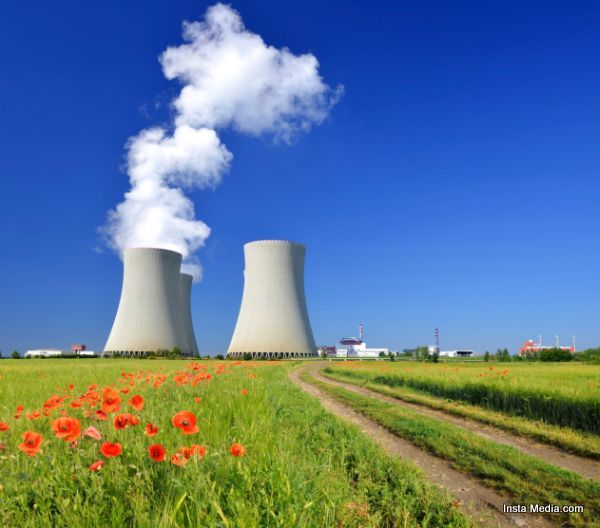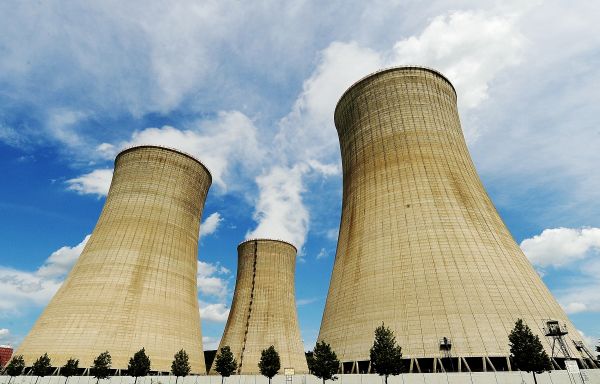Nuclear power is probably the strongest thing on the earth; it generates a lot of electricity that can power many cities at a time. Its biggest disadvantage is that it is extremely volatile and has to be monitored throughout the day; nuclear waste is a big problem that takes over 100,000 years to disintegrate. So is it good or bad for the environment?
Nuclear physicists based in Berlin have discovered a way to reduce the lifespan of nuclear waste from the average 100,000 years at three hundred years by using a system that involves dual Fluid reactors. Currently this idea is still in its initial phases but seems to be the answer to the most crucial problems caused by nuclear waste. This is not good for the earth and although the dual reactors may not be able to address this problem entirely, it will, however, be able to significantly lower the amount of radiation caused by the nuclear waste.
Nuclear waste is highly radioactive and is usually stored underground. In Germany, the waste is kept in old salt mines that were abandoned a long time ago; these yellow barrels will lie there for 100,000 years expelling radiation. The research teams working on the Dual Fluid Reactor say that they can reduce this time to about 600 to 300 years. The Berlin physicists believe that they can accomplish this by using salt mixtures instead of nuclear rods. Liquid salts with very high levels of uranium chloride and nuclei plutonium chloride were used by the research team to demonstrate the efficacy of their project.
The liquid will flow in a constant circular motion after which it will burn in reactor cores to produce energy. The super heated liquid will flow though internal treatment system that separate burned components, then fresh radionuclide with a longer life is added to this liquid. This liquid can be burned a second time around to produce more energy.
The burned components are highly radioactive and will have to be stored underground but only for 300-600 years. After this time span, they can be used as metals with the unused nuclides can be put back into the reactor. This project is a step toward finding a solution to nuclear waste and prototypes of altered reactor should be available in ten years or so. Ruprecht, the scientist who heads the team has said that finding investors will be difficult as they are talking about a total cost that is over a billion Euros.





